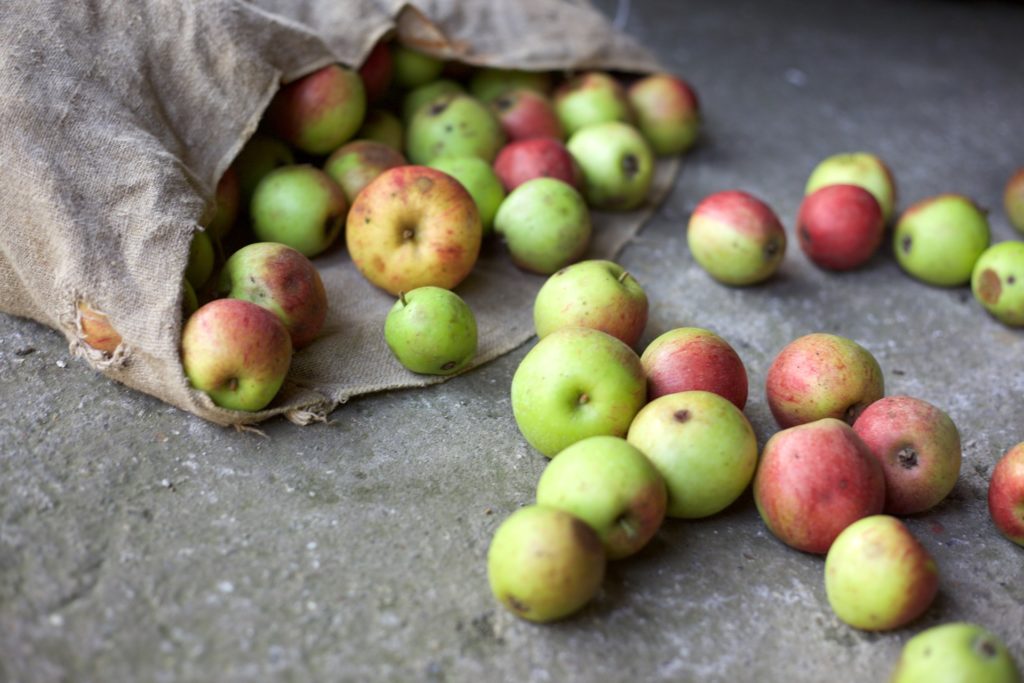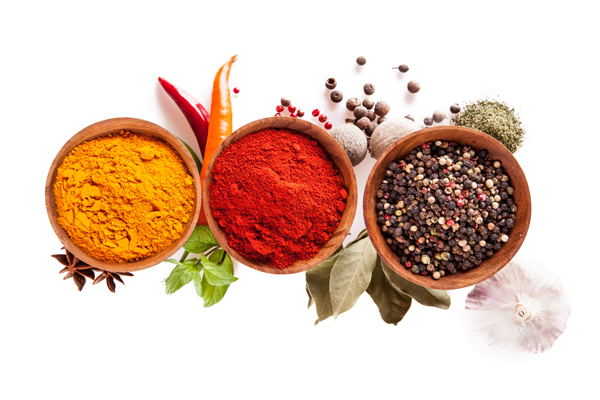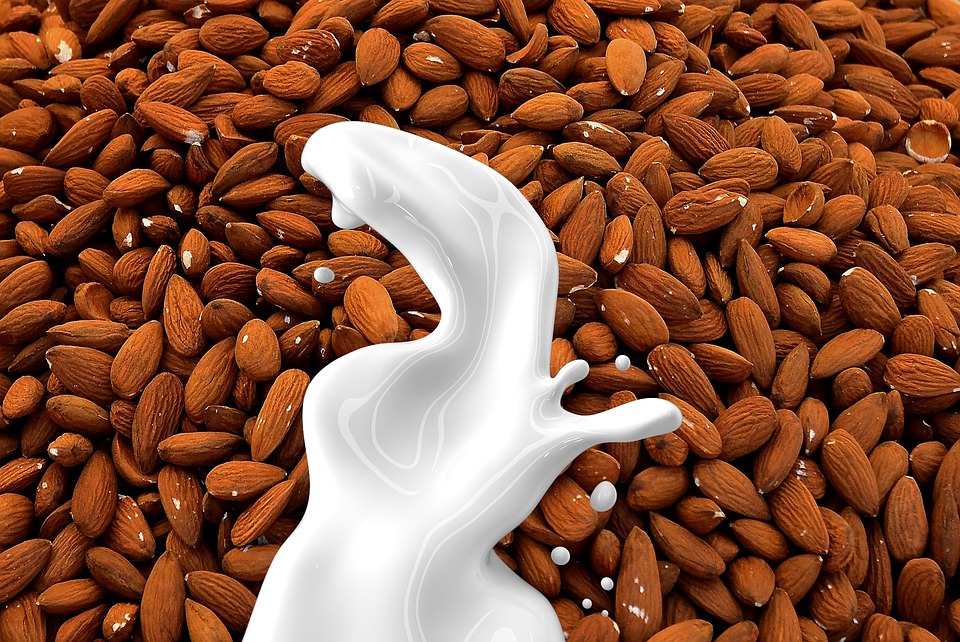Update (May 23, 2019):
Following multiple reports that show the current food labeling system in the US is fueling food waste across the country, the Food & Drug Administration (FDA) announced Thursday that it would be working with the industry to clear up the confusion.
Between the food industry and consumers, approximately 133 billion pounds or $161 billion in food is wasted each year, according to estimates from the US Department of Agriculture (USDA). About 20 percent of this waste is attributed to consumers with food safety concerns and little understanding of the current food date label system.
In a letter to food companies, FDA Deputy Commissioner for Food Policy and Response Frank Yiannas said the agency “strongly supports” the industry’s efforts to standardize voluntary date labeling if the date is used only to indicate quality.
“Food waste by consumers may often result from fears about food safety caused by misunderstanding what the introductory phrases on product date labels mean, along with uncertainty about storage of perishable foods,” Yiannas said in the letter, adding, “It has been estimated that confusion over date labeling accounts for approximately 20 percent of consumer food waste.”
Currently, food manufacturers use a wide variety of phrases on product date labels, such as “Best If Used By,” “Use By,” and “Sell By,” to indicate when food would likely be at its best quality.
In a release, the FDA said after consulting consumer research it would endorse the use of the “Best If Used By” phrase by manufacturers, as it most clearly communicates the date by which the product will be at its optimal quality.
This wording helps consumers understand that the date label refers to quality, not safety and that products do not have to be discarded after the date if they are stored properly, according to the agency.
In addition to standardizing food labels, the FDA said it would also support educational campaigns by the industry, government and non-government organizations.
Originally published on February 21, 2019:
When in doubt, you probably don’t need to throw it out. As the humanitarian and environmental implications of food waste continue to plague North America, a new study suggests that unclear food labels are a big part of the problem.
The survey, published in the journal Waste Management, draws attention to the issue of unnecessary food waste, as very few food items are likely to become unsafe before becoming inedible.
Led by researchers at the Johns Hopkins Center for a Livable Future (CLF), which is based at the Johns Hopkins Bloomberg School of Public Health, the analysis draws attention for the need for clear and consistent date labels across America.
“How many of us have picked up a food item and it smells fine, it looks fine, but are we’re unsure of the label so we throw it out?” says lead author and CLF Food System Sustainability program director, Roni Neff in an interview with Xtalks.
Every year a staggering amount of the world’s food is wasted, in fact, the US Department of Agriculture (USDA) estimates that 31 percent of food is wasted at the retail and consumer levels in the United States.
“Most of us are willing to have something that’s not 100 percent the optimal quality as long as we know we’re not putting ourselves at risk,” continued Neff. “As North Americans, we don’t like wasting food, so we’d rather not if we could.”
Research shows that 84 percent of the survey respondents discarded food near the listed package date “at least occasionally” while 37 percent reported that they “always” or “usually” discard food near the package date.
“People were the most precautionary with raw chicken in terms of when they would throw out based on the labels,” said Neff. “When in fact with raw cooking since you’re going to cook it, generally speaking, that’s less of a concern.”
More than half of survey participants incorrectly thought that date labeling was federally regulated or reported being unsure. While interestingly, participants between the ages of 18 to 34 were particularly likely to rely on label dates to discard food.
“You can especially see this where misunderstandings are higher among millennials, we’ve kind of dropped food safety out of our education system and that’s one of the impacts,” continued Neff.
Adding to the confusion, many of the respondents had different interpretations of what the current US food date labels mean. Under the recently adopted voluntary industry standards for date labeling, the “Best if used by” label communicates the date after which quality of the product may decline but it’s still safe to eat, while “Use by” labels are limited to foods where safety is a concern and should be discarded after the date.
Neff says the “Use by labels” applies to a specific sector of food items, which refers to “perishable foods” that you won’t be cooking and will be eaten as they are and ones more likely to be contaminated by things like listeria, which can grow even under refrigeration. So that would be things like deli meats, soft cheeses and things like that,” she said.
While the researchers acknowledge that the voluntary industry standard is a start in the right direction, they’re calling for more clear and consistent date label information to be mandated at the federal level.
“I think it would be very beneficial to get a national standard on this. Being voluntary you don’t expect that it will be used universally and we would like it to be universal everywhere,” continued Neff. “If it is not consistent because it’s not federally regulated, then that is a concern.”
In addition to revamping the food date labeling system, researchers also recommend stronger food safety education and communications campaigns, particularly for those between ages 18 to 34.












Join or login to leave a comment
JOIN LOGIN